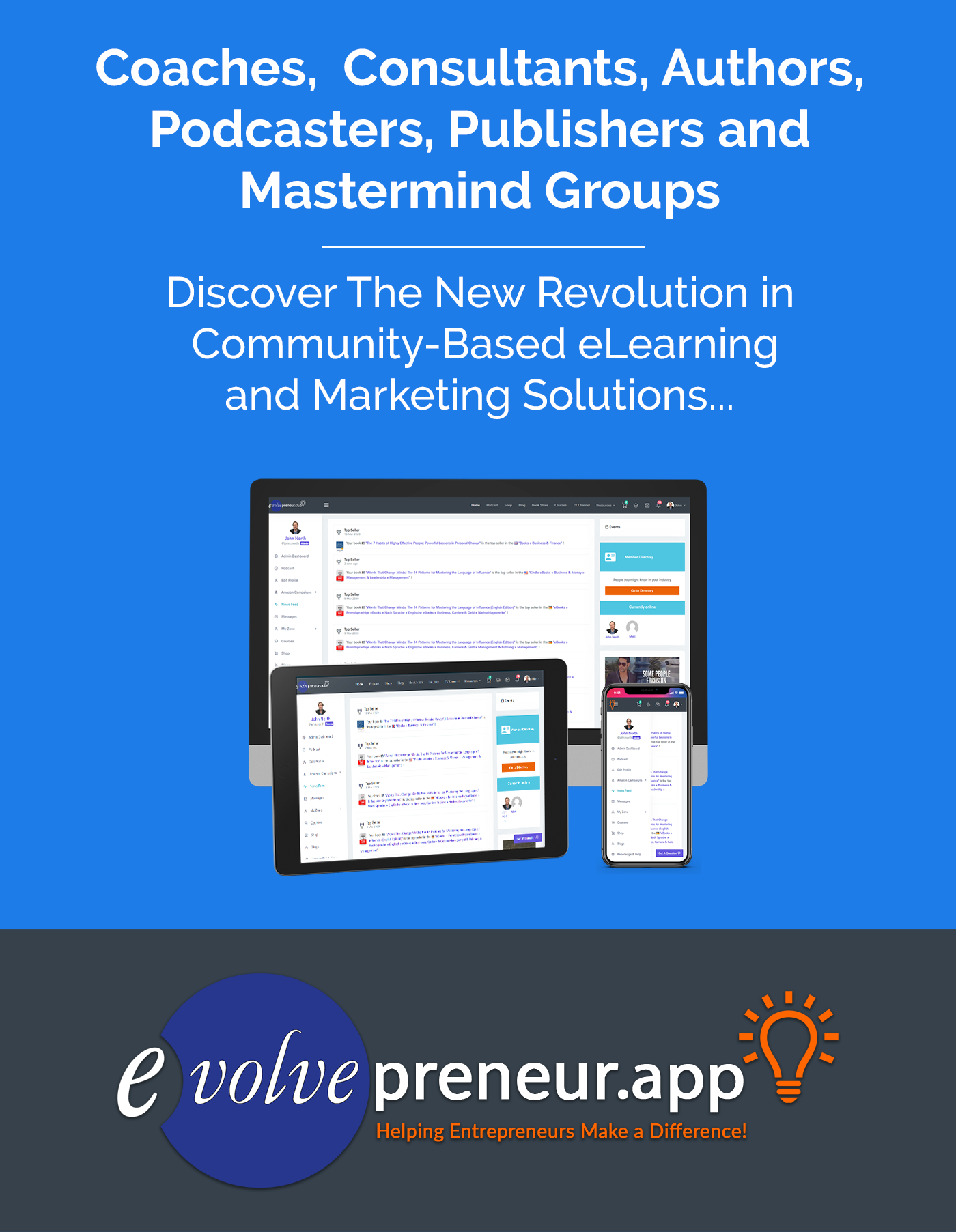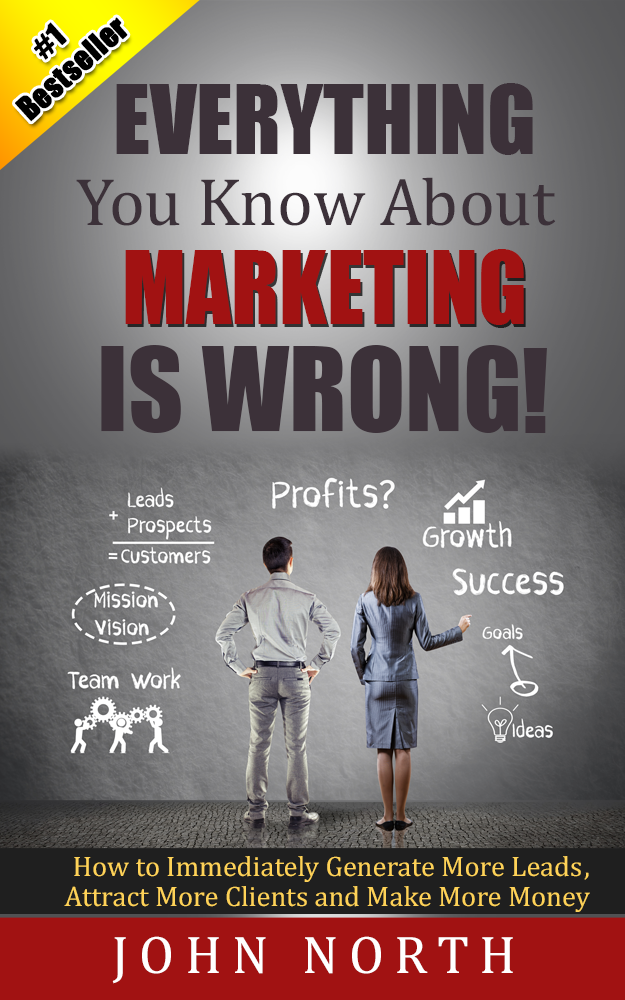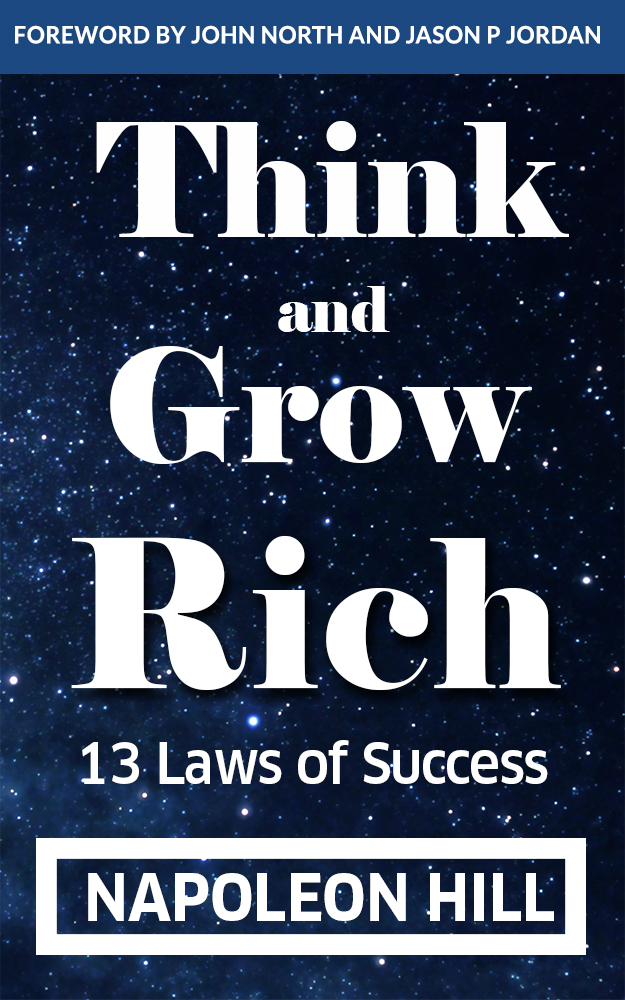Protect and Provide: Customer-Centric (and Compliant) Insurance Sales
GRAB A COPY HERE: https://evolveglobalpublishing.com/show-book/B072PTQKP3
Main Theme: This book advocates for a customer-centric approach to selling insurance, focusing on building trust, understanding customer needs, and framing insurance as a solution to problems rather than a product to be sold.
Key Ideas and Facts:
1. Selling Problems and Value over Products and Pricing:
- Insurance salespeople should focus on the problems they solve for their customers, understanding that problems are more emotionally powerful than benefits.
- Mannix encourages salespeople to identify and articulate the specific problems their insurance solutions address, shifting the focus from product features to customer needs. Quote: *"I want you to write down all the problems you solve for the customers you sell insurance to. No matter what type of insurance you sell, take a little time out before you read ahead and write down as many as you can." *
2. The PAVE Principle:
- Problem Acknowledgement: Ethically trigger customer concern about potential risks and the need for insurance by asking questions that lead them to acknowledge the problem themselves. Quote: "At the core of Problem Acknowledgement is the need to ethically dramatically improve customer understanding of the need for insurance without the need for making statements or providing advice."
- Value Expectations: Promote the value of insurance by connecting it to the customer's emotional needs and aspirations. This includes highlighting the peace of mind, financial security, and legacy protection insurance can provide.
- Acknowledge and Reduce the Perceived Investment: Address the cost of insurance head-on, framing it as an investment rather than an expense. Help customers understand the ROI of their insurance purchase and present it in a way that makes it feel manageable.
- Exceed Expectations: Go above and beyond for customers by providing exceptional service, building strong relationships, and offering value-added services.
3. Gaining Permission to Offer a Solution:
- Salespeople should gain permission from the customer before launching into a solution presentation. This ensures the customer is ready to buy and avoids wasting time on unqualified leads.
- Mannix emphasizes the importance of securing commitment from the customer at each stage of the sales process, ensuring they are mentally prepared to move forward. Quote: "It is a waste of your energy and time trying to sell to someone who’s not ready to buy."
4. Building Rapport and Credibility:
- Building trust is essential for successful insurance sales.
- Salespeople should focus on developing genuine rapport with their customers, demonstrating empathy, active listening, and a genuine desire to help.
- Mirroring and matching the customer’s communication style and body language are effective techniques for building rapport. Quote: "Trust, rapport and credibility is a huge subject...What I want you to take away from this chapter is a thirst for more knowledge, the ability to ethically employ strategies that build trust and a commitment to making these a part of who you are as a person, inside and outside of your work."
5. Exploring and Listening:
- Effective questioning is crucial for uncovering customer needs and guiding them towards a solution.
- Mannix emphasizes the importance of asking open-ended questions, actively listening to the responses, and using silence strategically to encourage the customer to share more information. Quote: "When You Ask a Question – Shut Up and Listen"
6. Handling Objections:
- Objections are often a sign that the salesperson hasn't effectively addressed the customer's concerns or built enough trust and credibility.
- Salespeople should view objections as opportunities to better understand the customer's perspective and tailor their approach accordingly. Quote: "OBJECTIONS SIGNAL LAZINESS AND SELF-CENTERED SALES BEHAVIOUR"
7. Asking for Decisions:
- Salespeople should be direct and confident when asking for the sale, but avoid pressuring the customer.
- If the customer isn't ready to commit, reiterate the value proposition and address any remaining concerns. Quote: "I was tempted to leave this chapter out."
Overall, "Protect and Provide" offers a comprehensive framework for customer-centric insurance sales. By focusing on building trust, understanding customer needs, and framing insurance as a solution to problems, insurance professionals can achieve greater success while also providing a valuable service to their clients.
Protect and Provide: Customer-Centric Insurance Sales FAQ
1. What's the biggest mistake insurance salespeople make when engaging customers?
They focus on selling products and benefits instead of addressing the customer's problems and emphasizing the value of the solution. Customers connect with emotional needs, not product features. By understanding and acknowledging the customer's concerns, salespeople can tailor their approach to provide genuine value.
2. How can I uncover the real problems and concerns my customers face?
Use the PAVE principle: Problem Acknowledgement, Value Expectations, Affordability, and Voluntary Engagement. Ask open-ended questions that prompt the customer to share their concerns, financial expectations, and commitment levels. Avoid making statements or giving advice prematurely; instead, guide the conversation through insightful inquiries.
3. How can I make customers see the true value of adequate insurance coverage?
Connect the value of insurance to their personal commitments and aspirations. For instance, instead of highlighting the death benefit, emphasize how the policy ensures their children's education or maintains their family's lifestyle. Use relatable examples and emotional connections to demonstrate the positive outcomes of having adequate coverage.
4. What's the best way to address the "I'm not interested in insurance" objection?
Don't take it personally and avoid engaging in an argument. Instead, acknowledge their feelings and ask probing questions to understand their existing coverage and whether it truly meets their needs. Help them analyze their situation and potential risks, leading them to recognize the importance of reviewing their coverage.
5. How do I prevent customers from fixating on price and comparing quotes?
Position yourself as a trusted advisor, not just a quote provider. Instead of rushing to offer solutions, invest time in understanding their unique situation and building rapport. Demonstrate your expertise by asking insightful questions, actively listening, and providing valuable insights beyond simple price comparisons.
6. How can I make sure I'm only investing time in customers who are ready to buy?
Use the IDEA Model: Intent, Decision-Making Process, Engagement, and Affordability. Before presenting solutions, confirm the customer's genuine intent to buy, understand their decision-making process, gauge their level of engagement, and discuss affordability realistically.
7. What's the best way to ask for a decision without resorting to pushy closing techniques?
Instead of using manipulative closing tactics, simply summarize the agreed-upon coverage and confirm it addresses their needs. Ask a clear, open-ended question like, "Does this sound like the solution you're looking for?" This encourages a natural decision without pressure while demonstrating respect for their choice.
8. How can I ensure a customer follows through after agreeing to the proposed solution?
Secure specific commitments by clearly defining the next steps, outlining a timeline, and confirming their preferred communication method. Send calendar invites, follow-up emails, or make phone calls as agreed to demonstrate your commitment and help them stay on track with securing their coverage.








